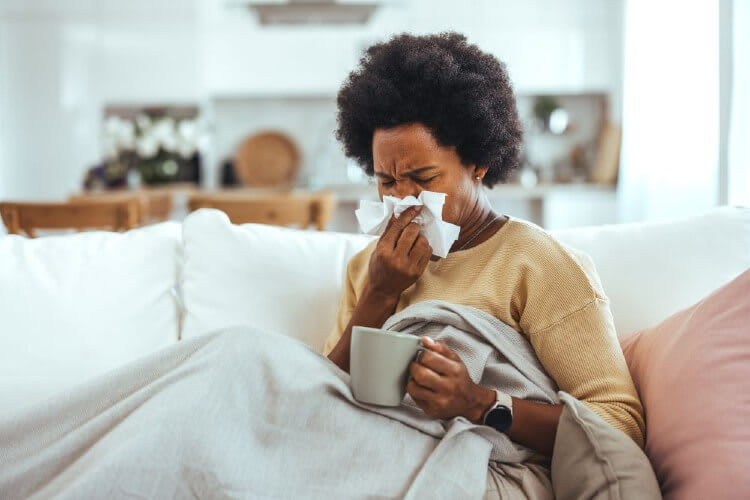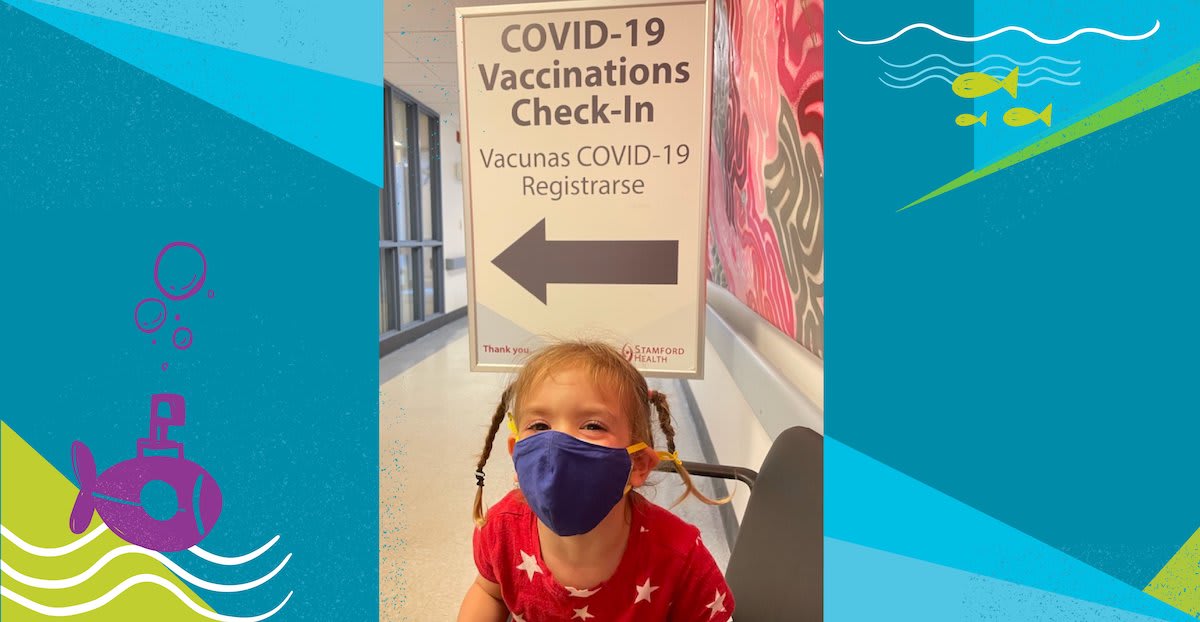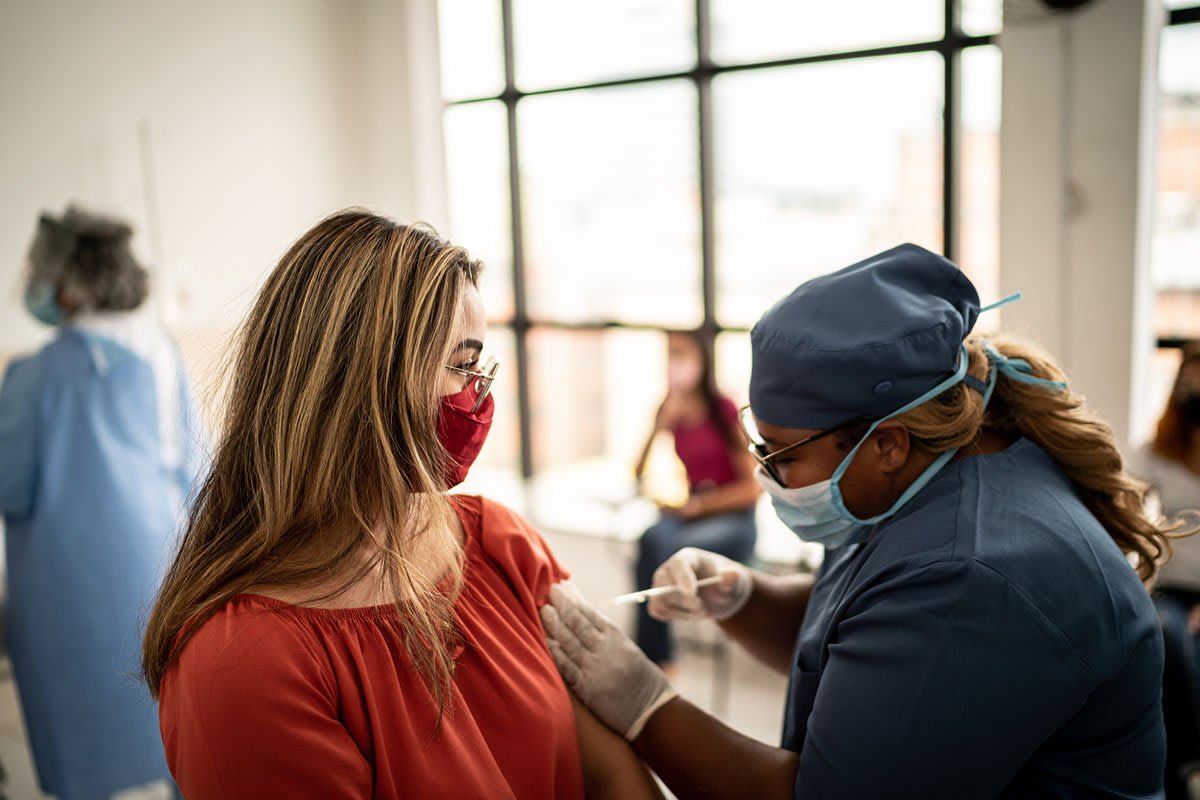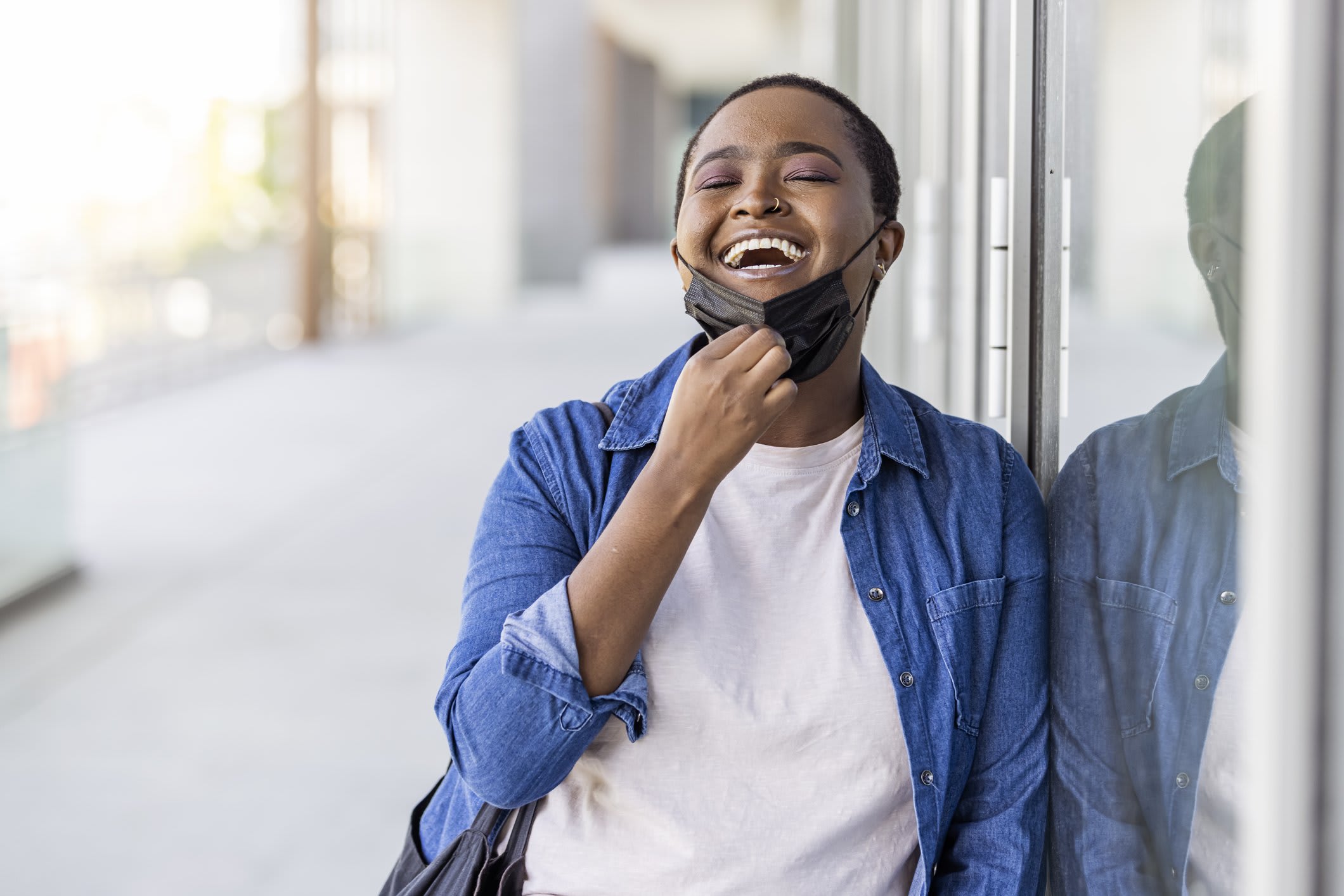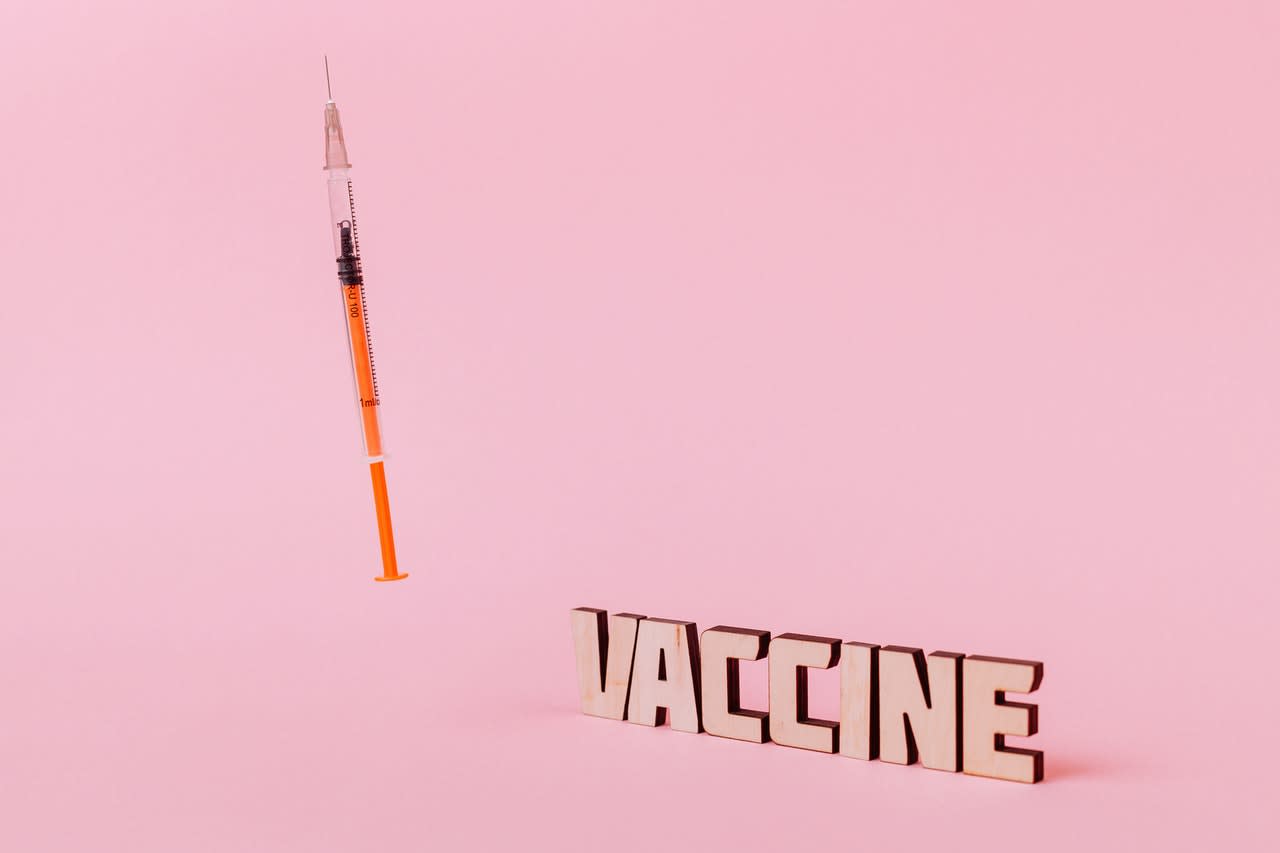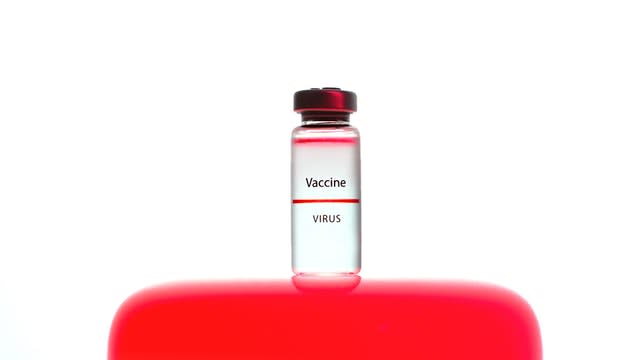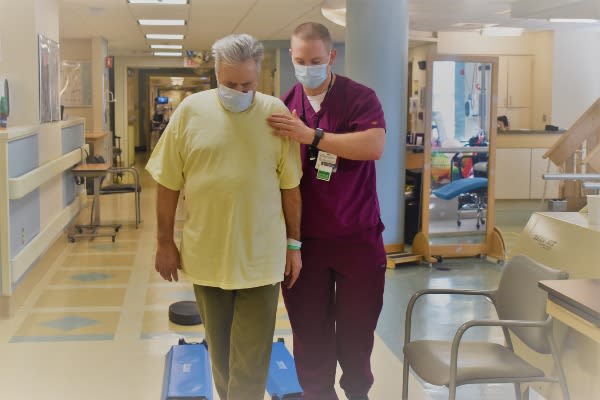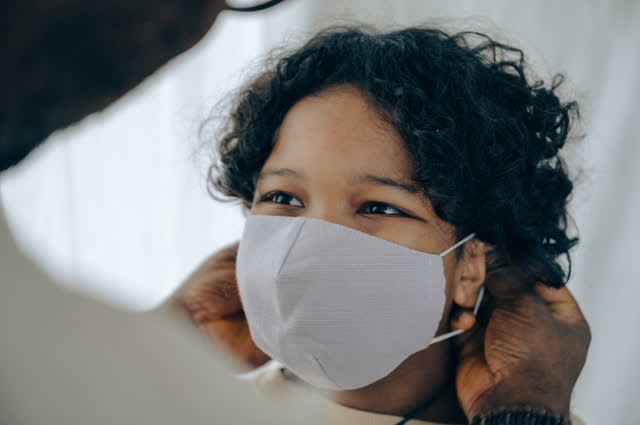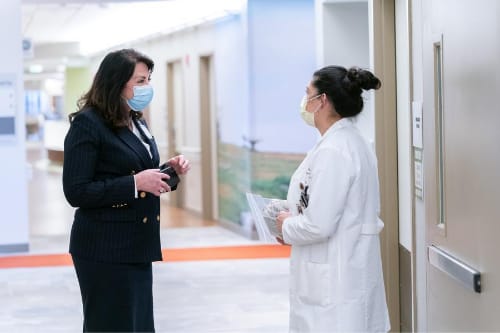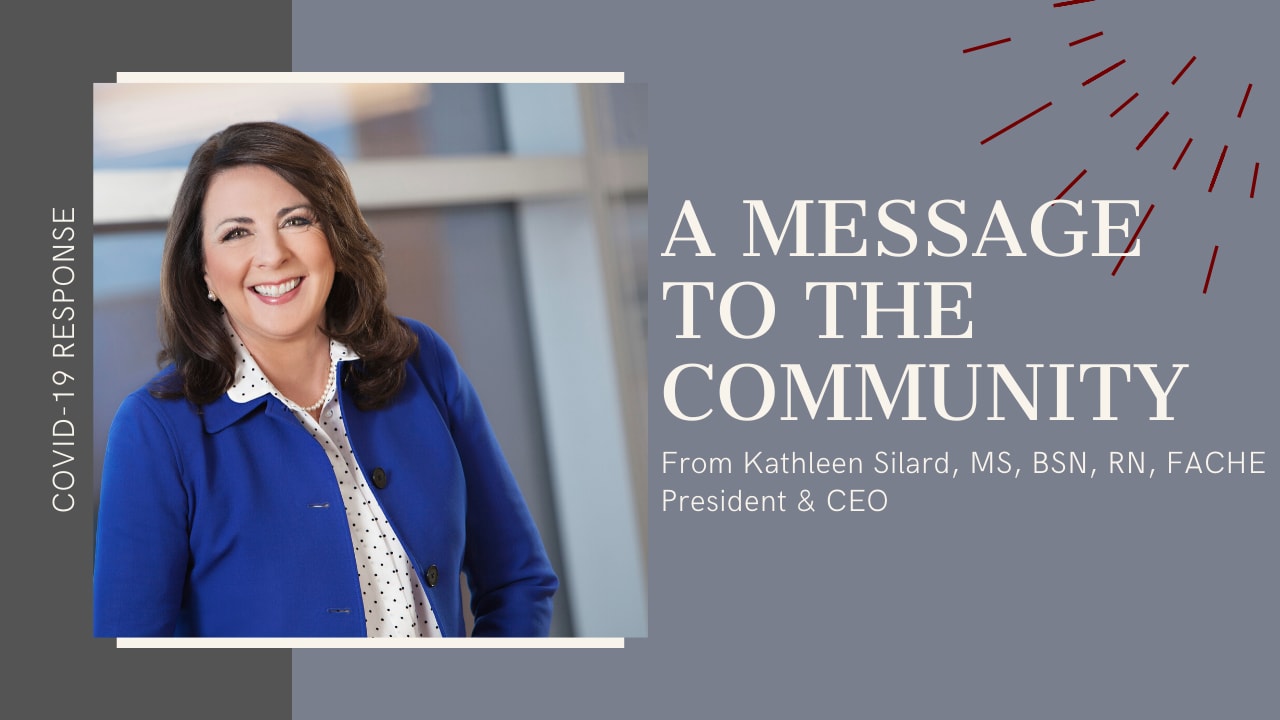By Dmitry Meyerovich, MD, Psychiatry
 If you feel like you have the “winter blues,” you’re definitely not alone. While some of us welcome the coziness of darker, shorter days and chilly air, many of us do not. Research states that around five percent of adults in the U.S. are challenged with seasonal affective disorder (SAD), or a type of depression that appears during the colder months when there are less hours of sunlight.
If you feel like you have the “winter blues,” you’re definitely not alone. While some of us welcome the coziness of darker, shorter days and chilly air, many of us do not. Research states that around five percent of adults in the U.S. are challenged with seasonal affective disorder (SAD), or a type of depression that appears during the colder months when there are less hours of sunlight.
As we move deeper into winter, you may be wondering if this year will be different with COVID-19 cases on the rise again. You may also be wondering how you can take even better care of your mental health. Stamford Health’s psychiatric experts weigh in on the symptoms of SAD, and steps you can take to manage your symptoms in the face of the COVID-19 pandemic.
If you don't have a doctor, search for one here.
 If you feel like you have the “winter blues,” you’re definitely not alone. While some of us welcome the coziness of darker, shorter days and chilly air, many of us do not. Research states that around five percent of adults in the U.S. are challenged with seasonal affective disorder (SAD), or a type of depression that appears during the colder months when there are less hours of sunlight.
If you feel like you have the “winter blues,” you’re definitely not alone. While some of us welcome the coziness of darker, shorter days and chilly air, many of us do not. Research states that around five percent of adults in the U.S. are challenged with seasonal affective disorder (SAD), or a type of depression that appears during the colder months when there are less hours of sunlight.As we move deeper into winter, you may be wondering if this year will be different with COVID-19 cases on the rise again. You may also be wondering how you can take even better care of your mental health. Stamford Health’s psychiatric experts weigh in on the symptoms of SAD, and steps you can take to manage your symptoms in the face of the COVID-19 pandemic.
What are the symptoms of seasonal affective disorder?
Seasonal affective disorder is more than just the “winter blues” or seasonal funk. Here are some symptoms to look out for, although some of these symptoms may not necessarily mean you have SAD:- Decrease in appetite, or change in your weight
- Decrease in energy levels, not just from lack of sleep
- Feeling agitated or “moody”
- Feeling depressed almost every day, almost all day
- Losing interest in activities that once made you happy
- Problems falling or staying asleep, or on the contrary, oversleeping
- Thoughts of death or suicide* or feelings of worthlessness or guilt
Can COVID-19 make seasonal affective disorder worse?
Dealing with SAD in the middle of a global health crisis can seem like a “double whammy” when you’re already feeling lonely. Here are some ways to deal with SAD and COVID-19 together.1. Stay up-to-date on your doctor appointments.
Please do not delay your annual physical with your primary care physician or other follow-up appointments that are so crucial to your health and wellbeing. Your doctor may be able to prescribe you medication that can help with your symptoms, or order a blood test to see if you are deficient in a certain vitamin.If you don't have a doctor, search for one here.
2. Get creative with friends and family.
If you're social distancing or quarantining while waiting for your COVID-19 test results, you can still find meaningful ways to connect with others.- Set up a weekly video gathering with friends and talk about anything that comes up. Try to keep the conversation light-hearted, if possible.
- Snail mail—like letters and thank-you cards—can go a long way.
3. Remember that hope is on the horizon.
If you have SAD, you know from experience that feeling this way is not forever. Neither is COVID-19. In just a matter of months, we have all made great strides with treatment and the vaccine which will become available to the public later this year. There will be a light at the end of the tunnel.4. Focus on hobbies, one step at a time.
Do you have any interests you’ve been meaning to pursue or old activities—like rollerblading or knitting—you’d like to resurrect? Not only can engaging in hobbies be a good distraction, but it can also be fulfilling. Here are a few to consider right now:- Join a virtual club—a simple Google search can get you started.
- Research indoor plants or gardening and commit to taking care of something and watching it grow.
- Stay busy with a challenging puzzle—patience pays off when you see what you’ve put together.
5. Cut down on screen time.
Notifications, headlines and the sound of breaking news alerts can all perpetuate symptoms of SAD. While we all want to stay up-to-date on COVID-19, remember that you deserve the gift of a break.- Commit to watching the news just twice a day—once in the morning, and once at night.
- Disable notifications on your phone unless absolutely necessary.
- Turn off the TV if the news is just too much to handle right now—that’s okay.
6. Try to get outside as much as possible, or consider light therapy.
Light therapy is a common treatment for SAD. Your doctor or therapist can recommend a highly rated sun lamp brand. Spending time outside, however, is just as effective. Bundle up and take a walk around the block, even if just for 15 minutes at a time.7. Consider seeing a therapist or counselor.
Asking for or accepting professional help is a sign of courage, not a sign of weakness. If COVID-19 has taught us anything about mental health, it’s that we as a community must work together to break the stigmas associated with depression and other mental health conditions. This is especially important, considering there is still uncertainty and concern surrounding the pandemic. Therapy is a very powerful tool, but it only works if you work it. There are different types of therapy that work for different types of situations:- Talk therapy can be helpful along with medication and cognitive behavioral therapy (CBT) can help you develop coping mechanisms for difficult times.
- Therapists or counselors will work with you to help identify any negative thought patterns and distorted or overgeneralized thinking.
8. Stay grounded, always.
Staying grounded means you're able to remain calm and connected in the present moment. The key is practice, one step at a time. Your therapist can help you with some immediate grounding techniques like breathing and relaxation exercises and meditation to help “train” your brain to better process anxiety during this time. For more ways on how to stay grounded during uncertain times, visit this page.9. Stay healthy, always.
Make a conscientious effort every day to live a healthy lifestyle:- Practice good sleep hygiene—ask your doctor for specific guidance.
- Choose healthy foods. The more colorful your plate, the better.
- Incorporate an achievable exercise routine into your schedule.
Sources Cited
https://www.mayoclinic.org/diseases-conditions/seasonal-affective-disorder/symptoms-causes/syc-20364651Featured Expert/ Author



